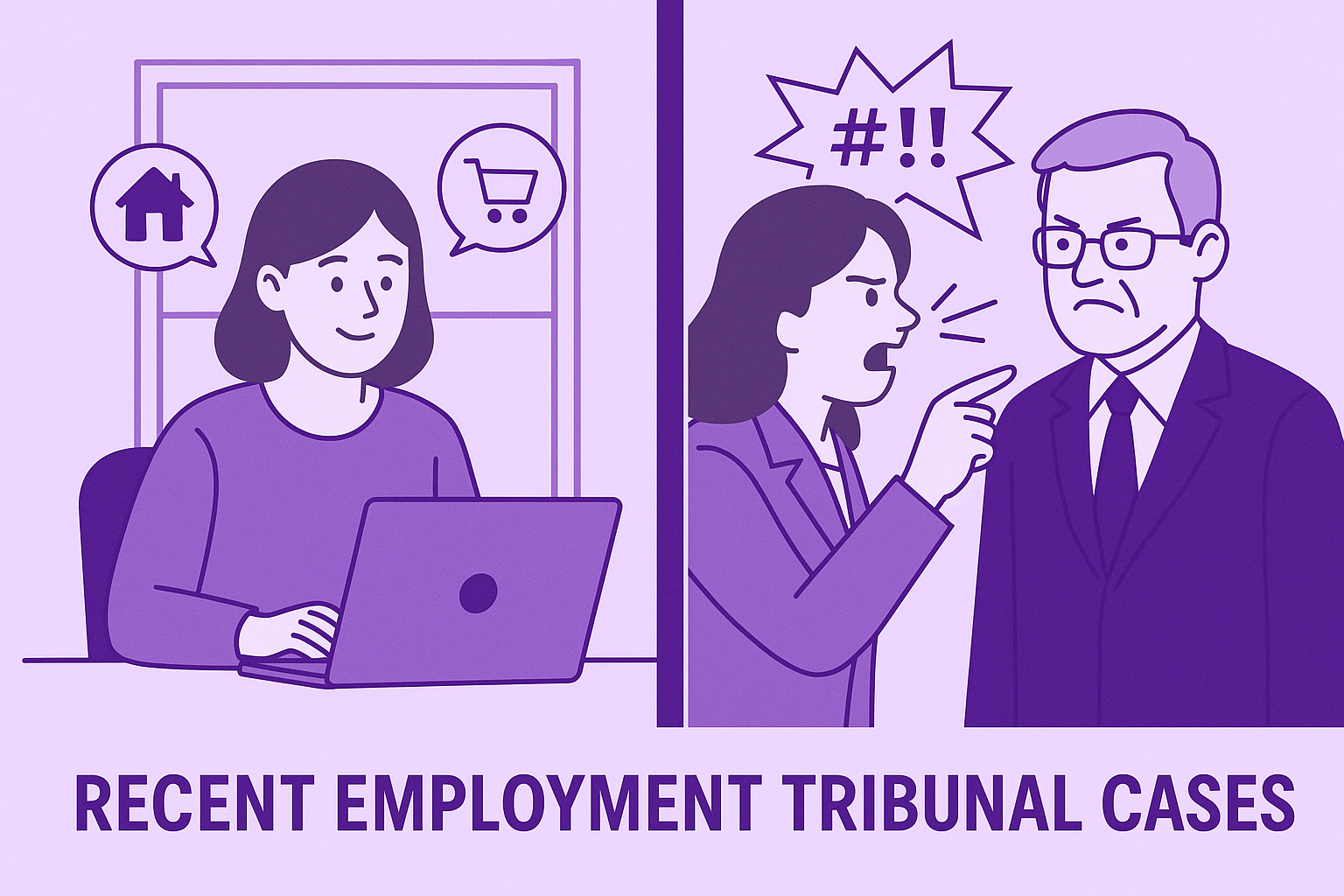Outdated rules or needed for the modern workplace?
The first question for many is: What is fraternisation?
Fraternisation is defined as: To associate or form a friendship with someone, especially when you are not supposed to do so.
Fraternisation at work is usually about people having relationships with colleagues, but it could also be about the relationships you already have.
Let’s start with a few examples:
- A small company with five employees, of which three are father, mother and son – The other two employees feel left out of decision making. Although the son is younger and less experienced than the two non-family members, he has more information about what is going on in the business and his views are asked for and acted on more frequently. This leaves non-family members demotivated and feeling less valued.
- A medium sized business with 100 staff, employing a brother and sister. The sister is a senior manager and has access to financial data and company money. The brother is a middle manager who regularly asks his sister for ‘gossip’ which is perceived as giving his career an unfair advantage.
- A medium sized company with 50 staff with two male employees who start a relationship as a result of working together in the same team. During their time together, they have daily intimate lunches and work well together on projects. Issues arise when they want to take annual leave at the same time as company rules state only one employee may be off from teach team at any one time. After 18 months they split up. The air between them is hostile. They become competitive and spiteful, trying to engage others in the team to back one or other of them in ‘out-performing’ the other.
All of these are issues which small and medium sized businesses face on a regular basis. Many start-up businesses are run by family units and bring in non-family members over time. Many organisations offer ‘refer a friend’ recruitment schemes to keep the costs of recruitment down, but this results in friends and family working together. And then there are the work relationships…..
Those that start at work, those which one person is interested in starting, and those which are illicit.
For some businesses fraternisation is not an issue. They are proud of their family business status and use it as a backbone for a caring, supportive culture where everyone is ‘treated like family’.
For other organisations, there are rules regarding who and how family members can work together, and these often extend to those starting out in a relationship. Examples might include:
- Can’t report to each other
- Can’t report to the same line manager
- Can’t sign off each others expenses
- Must be respectful of their impact on others
- No physical contact while at work
Flirting or Harassment?

With the increased awareness around sexual harassment in the workplace, relationships at work take on a new complexity. Thousands of couples have met at work and married as a result – I can think of at least 5 couples off the top of my head and that includes my brother. So how do you flirt, figure out if someone likes you, ask someone out on a date, buy them a drink, kiss them for the first time or ask them to marry you….. without being rejected and accused of sexual harassment?
The answer is never simple and there is no single solution – dating is complicated, instinctive and difficult for an employer to mandate for or against.
Ultimately there are a few rules. As an employer you are required to create and maintain a physically and mentally safe working environment. We go one step further and encourage our clients to create a culture of respect where everyone knows they are valued, they understand what is acceptable behaviour and more importantly, what is not.
Saying you can’t flirt at all is outdated and unrealistic, but making sure that everyone knows that ‘no means no’, ‘stop means stop’ and that people feel empowered to say ‘no’ or ‘stop’ without fear of backlash is essential.
Ensuring that people are treated respectfully and that they understand the company culture is essential. The culture should then be backed up with robust policies and procedures which are well communicated, and employees and managers should receive appropriate training. From day one, your staff should know what behaviour you expect from them and the consequences of unacceptable behaviour.
As an employer, you need to ensure that you are consistent and manage any complaints in a timely and fair manner, respectful of any complainant and their alleged aggressor.
Mixing friends and work
There are some who believe that you should never mix friends with work and NEVER employ family. This keeps life simple until colleagues become friends or even family. Many large organisations will move people around so that family or those involved in a relationship are not working together and can’t be conflicted in any way.
However, for small businesses this is may just not be possible. I have heard of organisation who have asked one or other of the partners to leave as a result of their relationship. Although this is usually the lower paid, often female member of staff, one recent high profile case involving the CEO of McDonalds, Steve Easterbrook demonstrates that this is not always the case. Although Mr Easterbrook was in a consensual relationship, it was in breach of their company policy and Mr Easterbrook was given no alternative, but to leave.
If you are going to have a policy, it must apply to everyone, no matter what their position within the company and no matter how valuable they are to the business. Failure to apply your policies and procedures consistently will always end badly as you take away any defence you have, should you end up in an employment tribunal.
What next?
What you do with this knowledge is up to you and your decision will be based on the nature of your business and the people within it. Although you may not have an issue now, you really should think about the stance you want to take before you need to rely on your policy.
Four golden rules:
1) Policy
2) Communication
3) Training
4) Monitor




